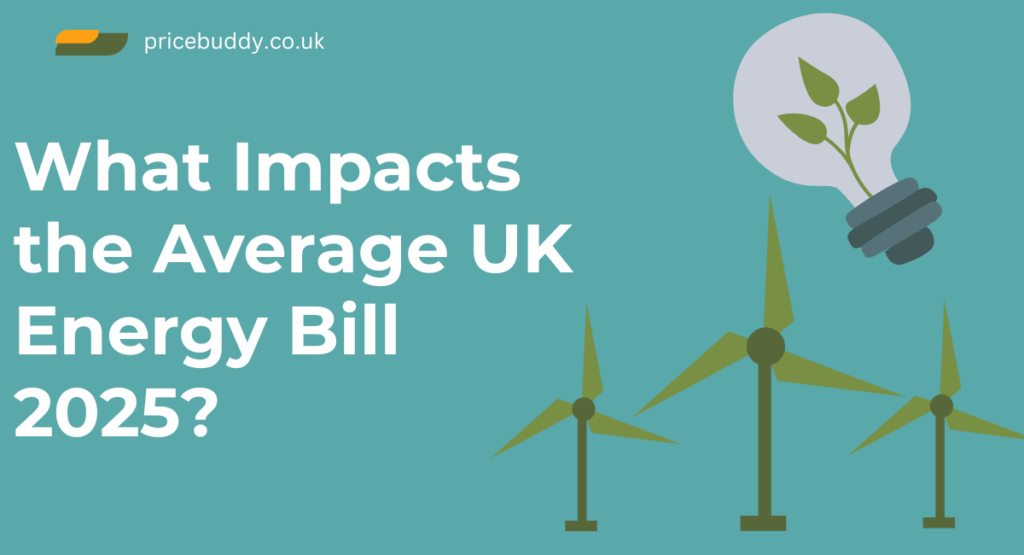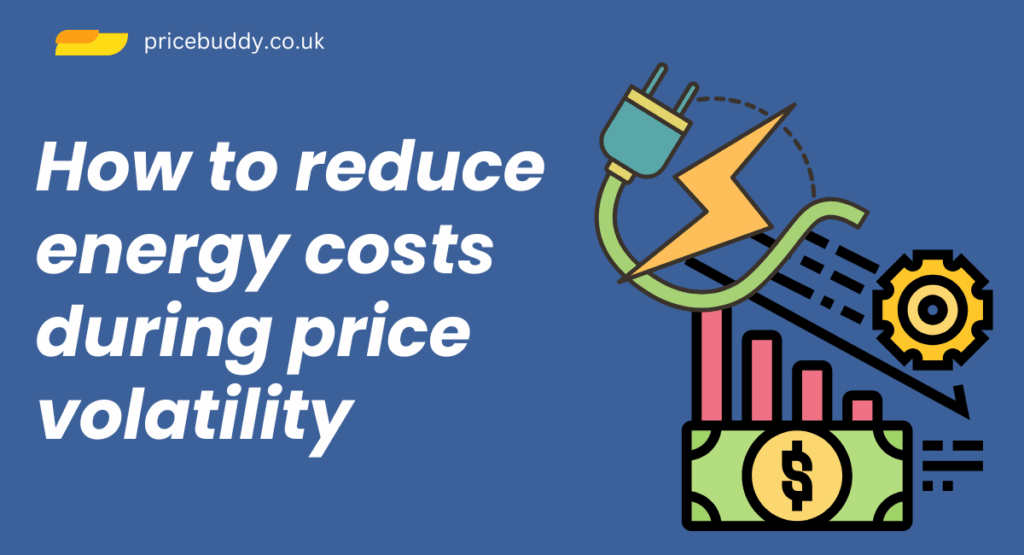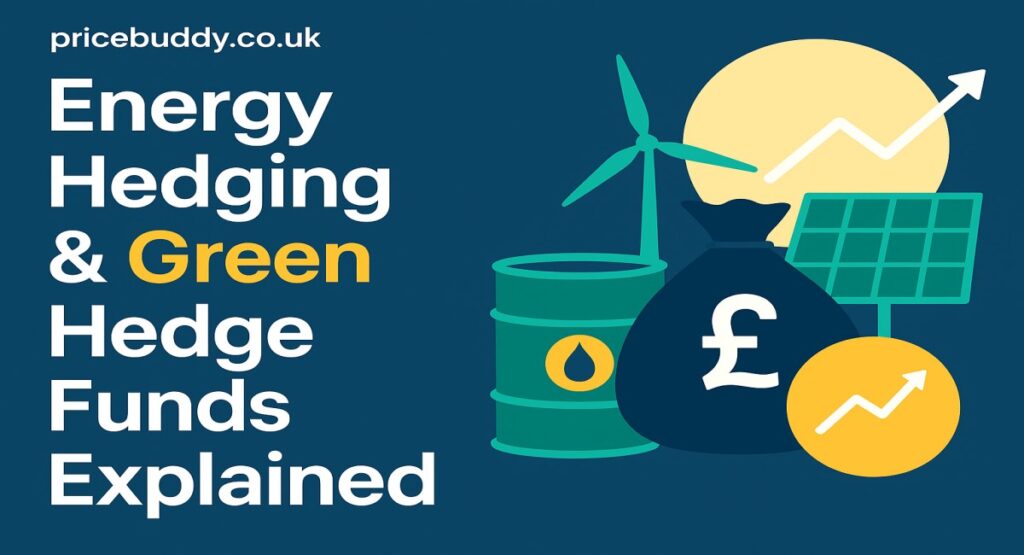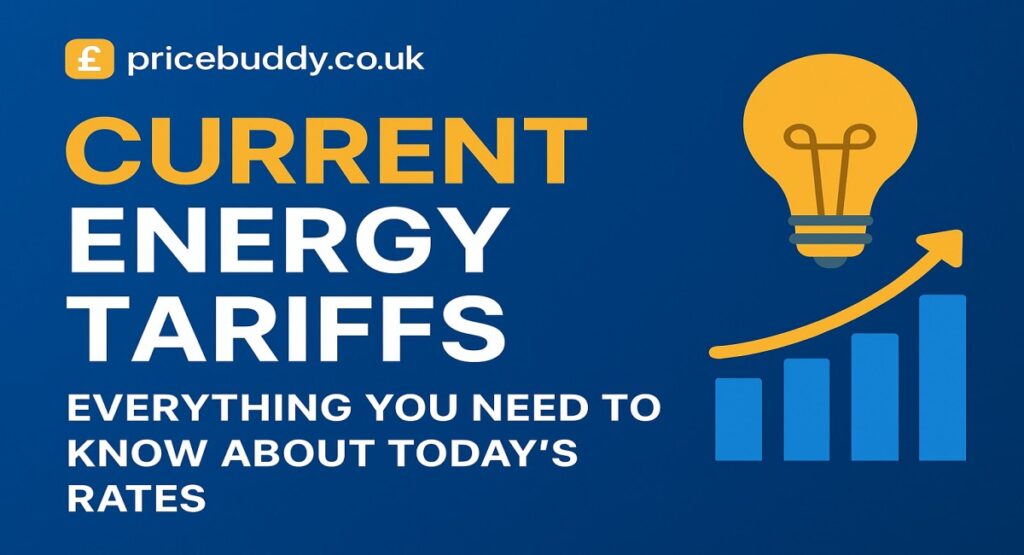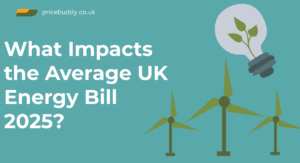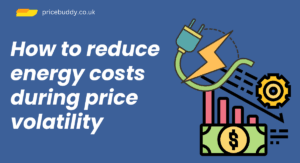Understanding Energy Hedging and Market Protection
Energy markets are among the volatile in the globe. A surge in oil prices can result due to those geopolitical tensions, costs of natural gas can also fluctuate based on weather conditions, and costs of renewable electricity can usually fluctuate based on policy changes or infrastructure limitations. This uncertainty may render financial planning a very difficult task for investors and corporations.
Energy hedging has become an influential tool that enables businesses and funds to take control of risk, fix prices, and guard profit margins despite unpredictable market conditions. Every energy producer, institutional investor, and company dependent on fuel or power can find the answer to how to hedge effectively to find out the difference between loss and stability.
In this manual, we will discuss what is the concept of energy hedging, how green and alternative energy hedge funds use it in sustainable markets, and what are the tools professionals employ to deal with exposure. You will also find how the market environment of 2025 will make hedging more significant than ever.
What Is Energy Hedging?

Energy hedging is a financial instrument that aids companies and investors in cushioning themselves against the effects of fluctuating energy prices. Locking in prices or through derivatives like futures and options, companies may maintain a consistent and predictable cost and revenue even when the market is volatile.
Energy hedging is all about stability at its fundamental level. It is used by energy producers in order to ensure guaranteed sales prices of oil, gas, or electricity. It is used by consumers, such as manufacturing or logistics companies, to prevent an abrupt rise in the costs of fuel or power. Investment companies employ it to hedge their portfolios against market volatility.
Definition & Key Concepts of Hedging Energy
Hedging energy refers to making an equivalent and opposite position in a corresponding financial contract to counter the possible losses. When a company is afraid of an increase in prices, it will be able to hedge a purchase price today. In case it is afraid that prices will go down, it can hedge a selling price in the future.
Here are the key concepts to understand:
- Exposure: The part of your operations or investments affected by price movements.
- Hedging Ratio: The portion of exposure you choose to cover is not always 100%.
- Instruments: Tools like futures, forwards, swaps, and options are used to execute hedges.
- Duration: How long the hedge remains active, based on business cycles or contract terms.
- Basis Risk: This is the little change that arises between your real price and the hedge one.
Good hedging of energy does not seek to avoid risk; it simply does it smartly so that your finances are never at a loss.
Why Energy Price Hedging Matters in Volatile Markets
Energy markets are influenced by dozens of variables geopolitics, supply chain bottlenecks, extreme weather, and even consumer demand trends. Such recurring fluctuations render energy price hedging a necessity in the contemporary business environment.
Unhedged, the immediate spike in the cost of energy may kill the profit number or render a project economically infeasible. On the other hand, declining prices may lower the profit of manufacturers. With hedging in place, both sides gain clarity and control.
For example:
- A power producer may sell electricity futures to guarantee stable revenues for the next year.
- A steel manufacturer may hedge natural gas prices to keep production costs predictable.
- An energy investor could hedge against oil prices to ensure that the value of the portfolio is not affected.
At Brent crude oil of about 86 per/barrel and U.S natural gas of about $3.40 per/MMBtu (Bloomberg, October 2025), a 10-15% change will result in millions of dollars being earned or lost. Energy hedging makes sure that this volatility does not determine the financial performance of a company.
Role of Alternative & Green Energy Hedge Funds

With the world becoming more energy clean, alternative, and green energy hedge funds have emerged as prominent players. These funds use advanced hedging and investment approaches on renewable investments such as solar, wind, and hydrogen industries that are rapidly expanding but have distinct types of volatility.
Green energy hedge funds do not separate the financial performance from the environmental responsibility as compared to traditional funds, which concentrate on fossil fuels. They are a means of profit to a purpose.
What Are Green Energy Hedge Funds & Their Strategies
Green energy hedge funds are in the business of investing in renewable ventures and companies that focus on sustainability and are hedged to reduce risk. These funds realize that in as much as renewable energy has a long-term potential, it is also unpredictable in that it may be costly in terms of the technology, weather fluctuations, and changes in government policies.
Green energy hedge funds employ a combination of strategies to handle such difficulties, including:
- Hedging of energy prices to stabilize the electricity price or renewable credit price.
- From profit to emission targets through carbon credit trading.
- Balancing long investments in renewables and short investments in traditional energy, in other words, market-neutral investing.
- An ESG-oriented portfolio, which comprises environmental and governance standards, with financial performance.
Not only do these funds lower financial risk, but also, as a source of returns, they will appeal to those investors who desire returns to transform the world into a place of energy.
How Alternative Energy Hedge Funds Differ from Traditional Ones
Alternative energy hedge funds are not limited to renewable energy; they are also looking at other new technologies such as battery storage, carbon capture, geothermal, and green hydrogen. These industries are new and therefore have their own market and operation risks.
Key differences include:
- Longer timelines: Projects involving renewable infrastructure have a long span of decades and need longer horizons on hedges.
- Policy dependency: The policy incentives, tariffs, and price on carbon have a direct effect on returns.
- Unpredictable output: Energy generation varies with weather, requiring creative hedging like weather derivatives.
While traditional energy hedge funds trade in oil, gas, and coal, alternative funds look to the future, blending innovation with structured financial protection to make new technologies investable.
Approaches & Tools for Energy Hedging

Energy hedging, either in the case of fossil fuels or in the case of renewables, depends on the tools and structures that have been utilized. The contemporary hedging techniques employ systematic contracts in the market alongside tailored derivatives to fit various business models.
Now we can discuss the primary instruments utilized by professionals to regulate the exposure to energy today.
Futures, Options & Forward Contracts for Energy
Futures, options, and forwards are the three major instruments that form the basis of energy hedging.
- Futures contracts are standard agreements that are traded on an exchange, such as the NYMEX or ICE, and that enable companies to fix a future price of oil or gas, or electricity.
- Forward contracts are similar, only that they are privately negotiated and are more customized in the amount, date to be duked, and delivery.
- Options give the holder the right but not the obligation to buy or sell energy at a set price. This flexibility is ideal for managing downside risk while keeping upside potential.
- Swaps allow counterparties to exchange floating price payments for fixed ones, providing predictable cash flow.
For instance, a renewable power company might use electricity futures to fix selling prices, while an airline could hedge jet fuel costs using swaps to avoid price surges. Together, these instruments make hedging energy both flexible and reliable.
Structured Hedging & Derivatives for Renewable Energy
The projects of renewable energy pose several challenges that are not common with other energy sources: the problem of intermittence, the unpredictability of the policy environment, and the complicated system of financing. Investors resort to structured hedging and custom-made financial products to manage these by going beyond standard contracts.
Key tools include:
- Contracts for Difference (CfDs): Being a renewable developer, a developer will sign a contract with a fixed power-generating price. In case the market price is below the level, the buyer pays the difference, which guarantees a constant income.
- Weather derivatives: These are paid if some weather-related factors, such as lack of sunshine or wind, influence the production.
- Cross-commodity hedges: This type of hedge is employed when the economics of a project are impacted by more than one source of energy (e.g., gas and solar).
In the case of alternative energy hedge funds, structured derivatives can be used to balance innovation with reliability and allow investing in large-scale renewable projects, which would otherwise be too risky.
Current Energy Market Overview (2025)
The future of the global energy situation in 2025 is very dynamic.
The data from Bloomberg and Reuters (October 2025) show that:
- Brent crude oil: approximately $ 86 a barrel.
- U.S. natural gas (Henry Hub): approximately $3.40 per MMBtu.
- European carbon credits (EUA): near €70 per tonne.
These figures indicate that global recovery in demand, geopolitical developments, and the energy transition are driving volatility further. It is not just a strategy for investors and corporations; it’s essential to ensure stability in an unpredictable age.
Conclusion
In the unpredictable global market of today, energy hedging is more than a financial tool; it’s a strategic imperative. With intelligent management of energy price hedging, uncertainty turns to opportunity, and the company can benefit from stable revenues and long-term sustainability even in volatile markets.
As the energy landscape keeps changing, those who learn how to hedge will remain ahead, and sustainable too: in the green.
If your organization is looking to protect your investments, stabilize energy costs, or design a tailored hedging strategy, reach out to Pricebuddy today. Let’s create a customized energy risk management plan that secures your returns and supports a greener, more stable future.


